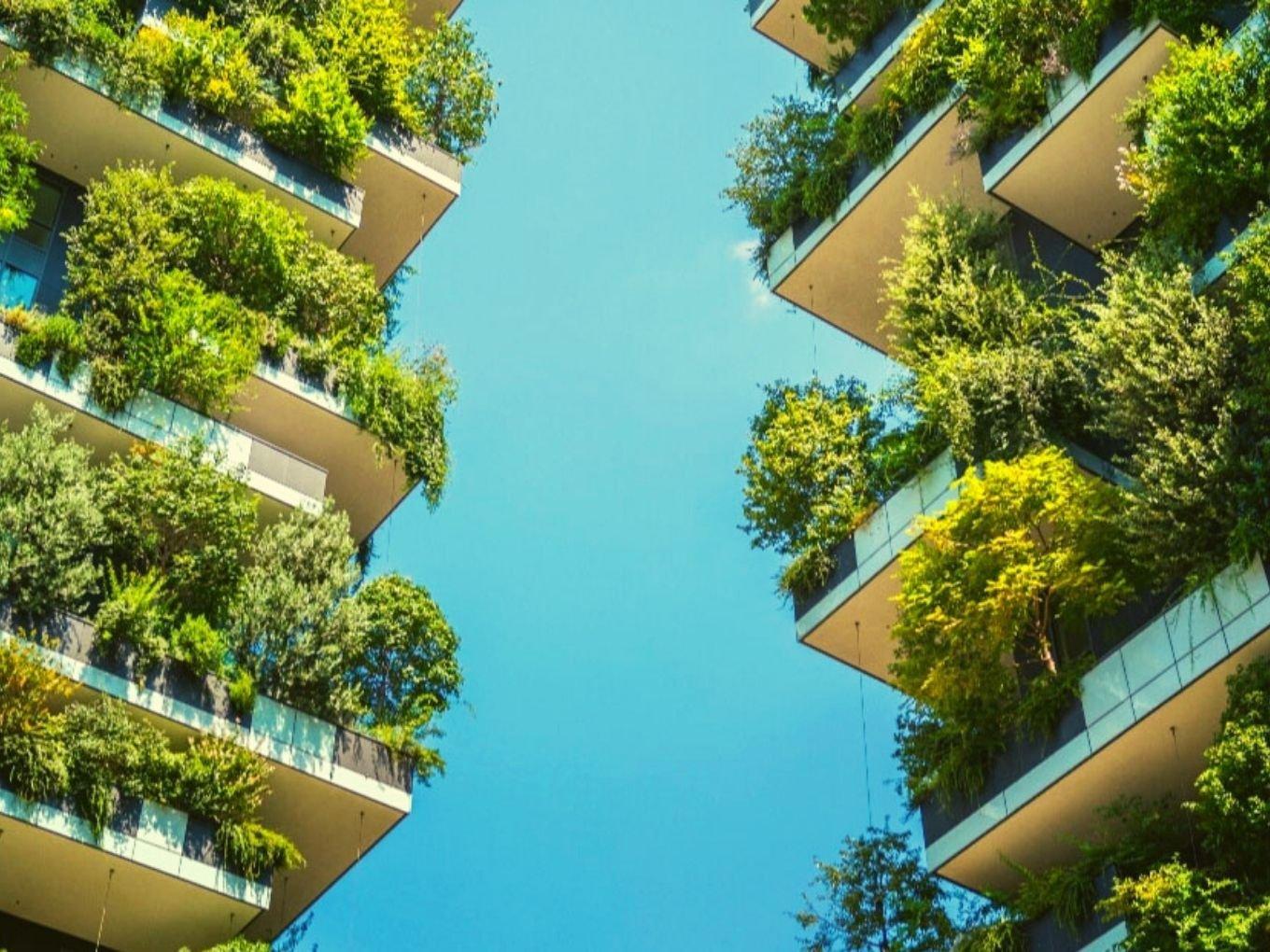
From construction technologies such as precast to use of emerging technologies including artificial intelligence, machine learning, and data analytics are contributing to such solutions
Use of AI-enabled tools have the potential to reduce the construction project duration by 25 to 30%
Onsite assembly ensures cleaner sites, less environmental impact, and need for fewer labor to deliver projects
Frequent tremors were felt in the National Capital Region (NCR), Haryana, Rajasthan, and other Northern states of India during April and May. While it stoked fears of a high-intensity earthquake, such tremors also underlined the importance of disaster-resilient constructions.
Similarly, given the deteriorating air quality index in major cities of the country during the pre-Covid time, the need for environment-friendly constructions had become acute. However, far too little has been done to promote green constructions so far, though things are changing of late. Innovations led by various technological interventions are at the forefront of driving such sustainable solutions.
From construction technologies such as precast to use of emerging technologies including artificial intelligence, machine learning, and data analytics are contributing to such solutions. If sustainability was one reason for doing this earlier, in a post-Covid new normal, digitization has become essential and technologies for contact minimization in construction promotes safer construction as well.
New-age technologies such as artificial intelligence (AI), machine learning, internet of things (IoT), big data, robotics, and sensors have the potential to bring paradigm changes in the real estate and infrastructure sectors. Many of these technologies and interventions are in the nascent stage in India, but these applications hold great promise in ensuring sustainable and contactless and green construction.
Today, inspite of the availability of a lot of technology solutions and mobile applications, the construction industry is not able to gain significant improvement in productivity and achieve its green objectives because these solutions are not inter-connected. This means projects and teams rely on paper to coordinate information flow between the field and office, transcribing information between various systems, and collaborating between various stakeholders.
The direct cost of cost of paper (and printer) will show the avoidable expense, and the indirect cost of not digitizing and inter-connecting the information flow is the expensive time, cost, and environmental impact of construction activities.
To eliminate this paper based information flow, what is needed is a strong foundation of an integrated project controls solution that inter-connects various systems, processes, and stakeholders using mobility. On the foundation of such a project controls solution, use of AI, ML, analytics and IoT can have help companies gain significant productivity while achieving positive environmental impact.
Take for example the applications of analytics-enabled AI on project planning and execution in the construction industry. These predictive planning schedules have the potential to reduce the construction project duration by 25 to 30%. Such a reduction can have a significant impact on indirect and fixed cost reduction and bring direct savings. But it can also have the effect of reducing environmental impact of running the sites for additional time.
Similarly, the use of machine learning and analytics to link the planning activities to decision making issues and aligning the same to timely release of drawings and documents can reduce expensive rework. This reduces the environmental impact of construction waste. Finally, aligning material procurement to the plan implies optimal use of materials and avoiding excess material purchase again reducing environmental impact, and direct and indirect cost savings associated with it.
Such advanced information alignment on the foundation of a strong integrated project controls solution that inter-connects various data silos and stakeholders across various core systems like scheduling systems, ERP systems, BIM models, and other offline data in Excel, email, paper etc. using a digital thread creating a digital project twin. To realize the same, the integrated project controls platform should have analytics, AI, and ML capabilities built-in along with project collaboration and controls.
Similarly, deploying IoT and sensor technologies in an ongoing project construction site can can be of great value for the construction industry. Data can be fed to plant, machinery, and equipment from the integrated project controls solution to ensure optimal use of resources thus reducing air quality and other environmental impact.
Data collected from them can be used to compare the productivity and waste minimization goals achieved. And today there is early emergence of robotic technologies for doing some of the construction activities like brick laying, tiling etc. These rely on computer vision, object avoidance technology etc.
Research has also shown that to achieve such a high degree of alignment is easier in an offsite manufacturing, onsite assembly construction model. Precast technology for creation of various concrete building components, and even creation of modules like bathroom pods are available at competitive pricing. Optimal use of resources and delivering components at high quality and safety is possible in a manufacturing environment.
Onsite assembly ensures cleaner sites, less environmental impact, and need for fewer labor to deliver projects. The use of precast leads to 10% carbon reduction per one cubic meter concrete. Adopting more precast concrete can lead to less carbon emission.
The new normal in a post Covid world has pushed the need for digitization, but the complete RoI from digitization can only be realized if companies start deploying integrated project controls solutions that can take advantage of AI, ML, analytics, and sensors to create a project digital twin that can eliminate the need for paper and deliver projects on time, within budget, and without compromising on quality and safety.































 Ad-lite browsing experience
Ad-lite browsing experience